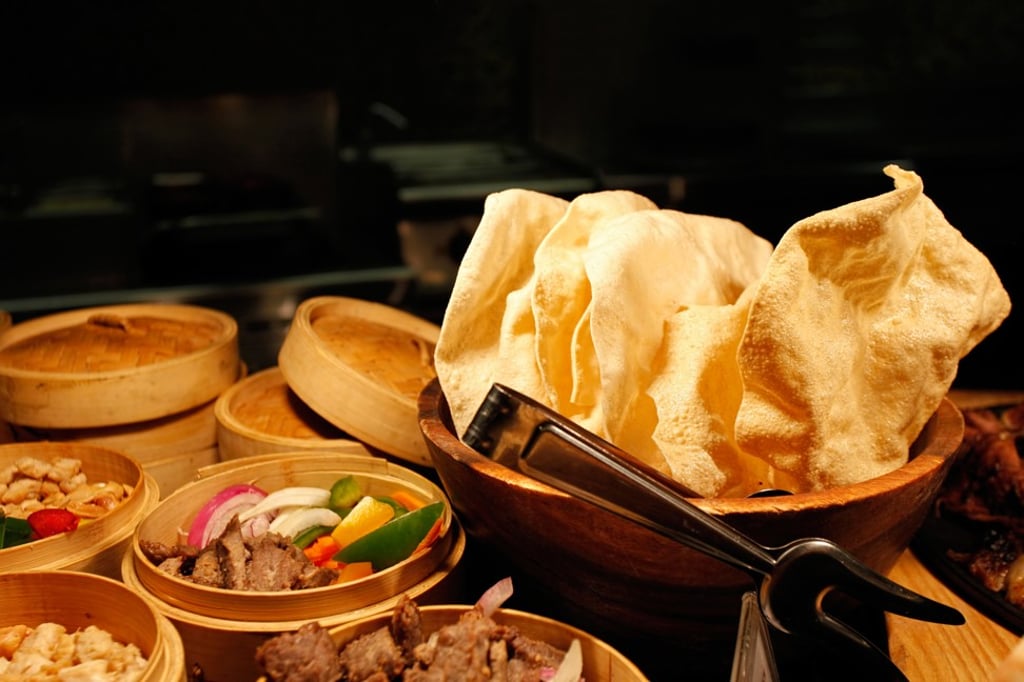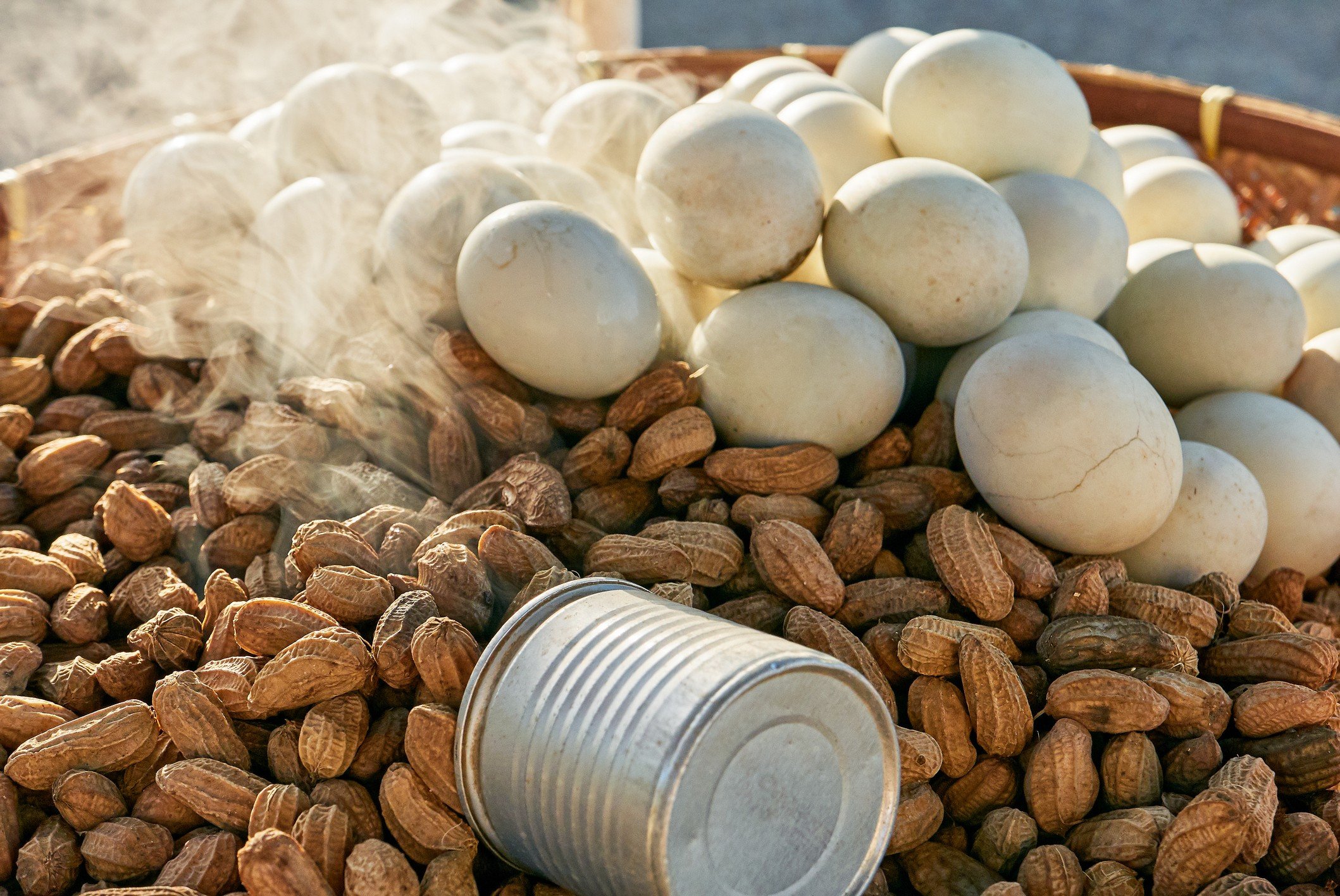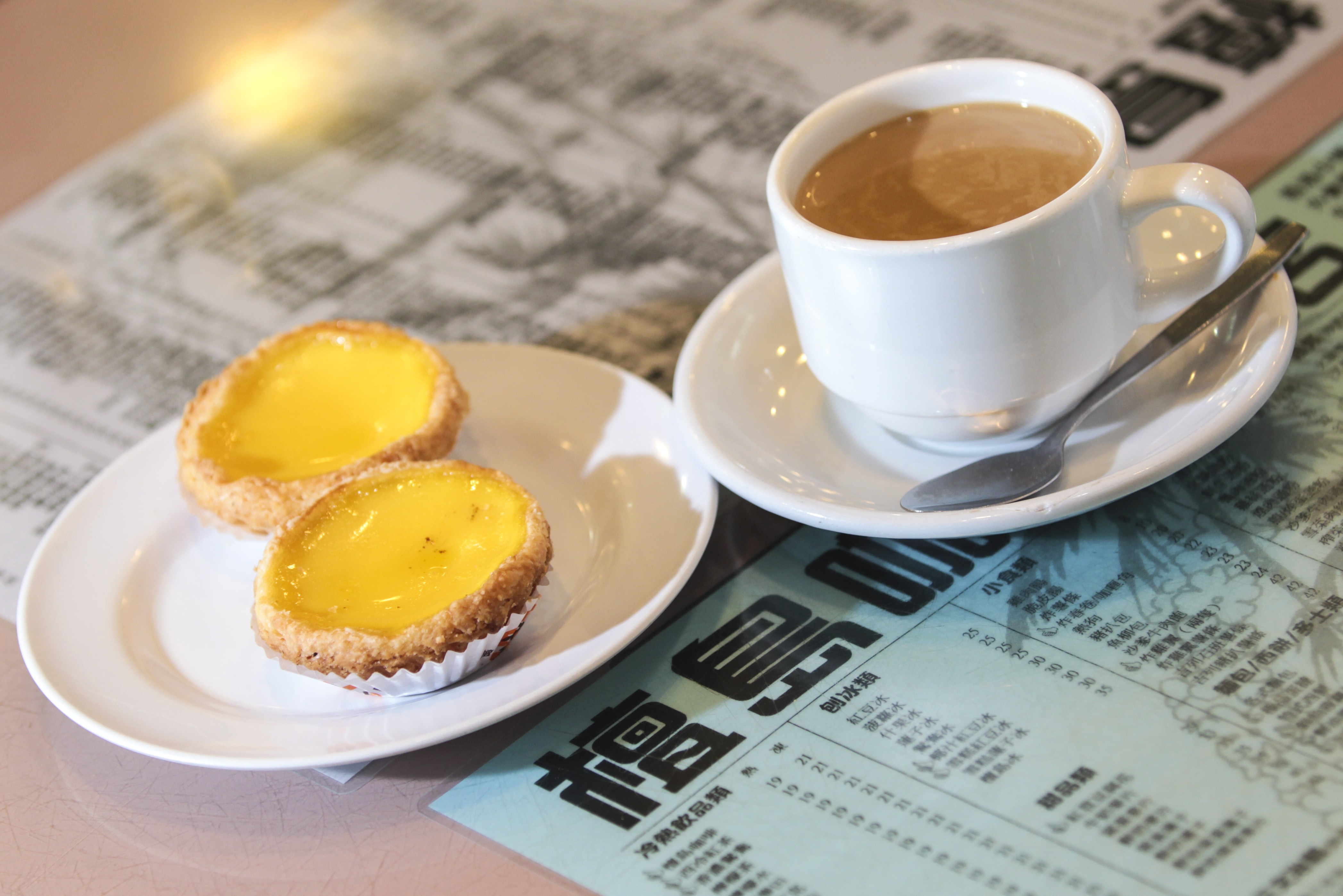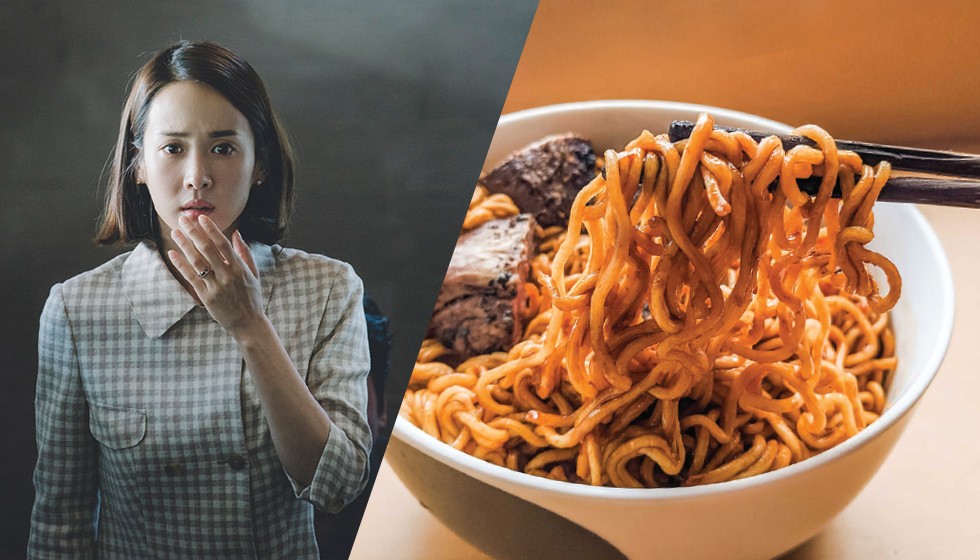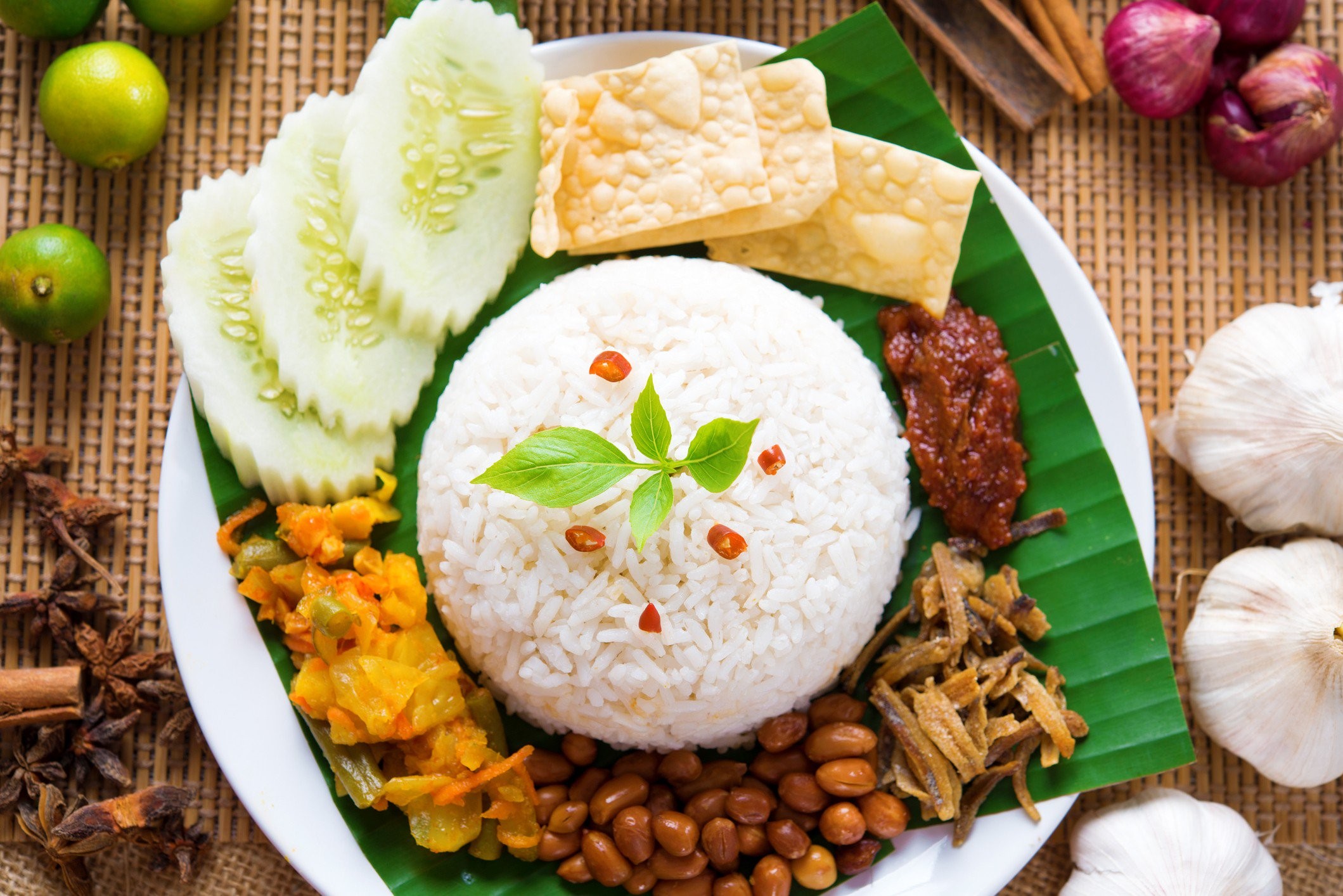Did prawn crackers originate from Malaysia or Indonesia, and which country has the better version?

Called keropok in Malaysia and krupuk udang in Indonesia, prawn crackers are associated most closely with these two countries, even though they are popular throughout Southeast Asia – and the world
Prawn crackers are as ubiquitous and as popular in Southeast Asia as potato crisps are in the west. They are however, more than a snack – and predate the crisp.
“As far as we know, they appeared first in West Malaysia in the 16th century. Legend states that leftover crushed prawn heads from a feast were used to make the very first batch,” says celebrity chef and street food expert, Will Meyrick, who has five restaurants in Bali and one in Hong Kong. Called keropok in Malaysia and krupuk udang in Indonesia, they are associated most closely with these two countries.
Deceptively complex
There is more to the traditionally made crackers than one might imagine, Meyrick explains. “Prawn crackers are made from a mixture of prawns, tapioca flour and water. This mixture is then rolled out, steamed and sliced. They are then sun-dried to eliminate any remaining moisture to achieve maximum crispiness.”
Next comes the cooking. “The dried raw crackers are then deep fried in high-heated oil and, within a few seconds, they grow from thumb-sized semi-transparent wafers to fluffy crackers. Much like popcorn, the water binds to the starch, expanding as it turns into steam.”
Executive chef, Lim Soon-leong, of Shangri-La's Rasa Sayang Resort & Spa Penang, Malaysia says, “That process is a tried and tested method of making prawn crackers. Some people opt for the larger prawns while some go for fine shrimp. In Malaysia, it is also optional to add pepper, spices and salt to the dough. For crunchier crackers, some baking soda is added.”
More than a snack
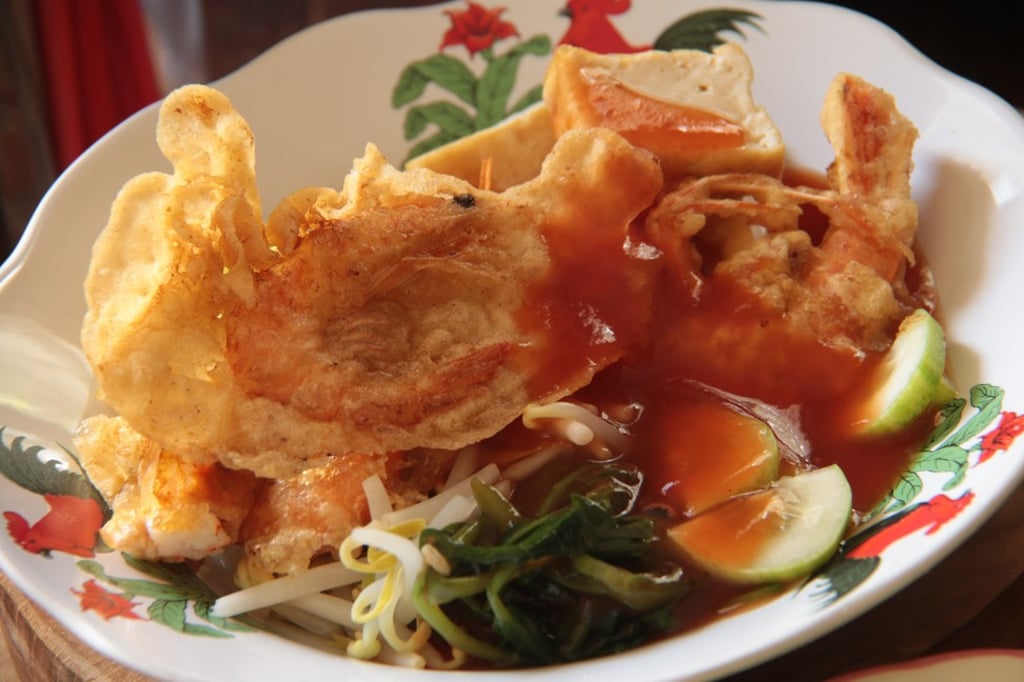
While they are a snack they are so much more than that, often playing an integral textural (and taste) role in a dish. Lim notes, “These crackers were originally made as both a snack and also a backup source of food to consume and to sell in times of bad weather when fisherfolk could not go to sea.”
